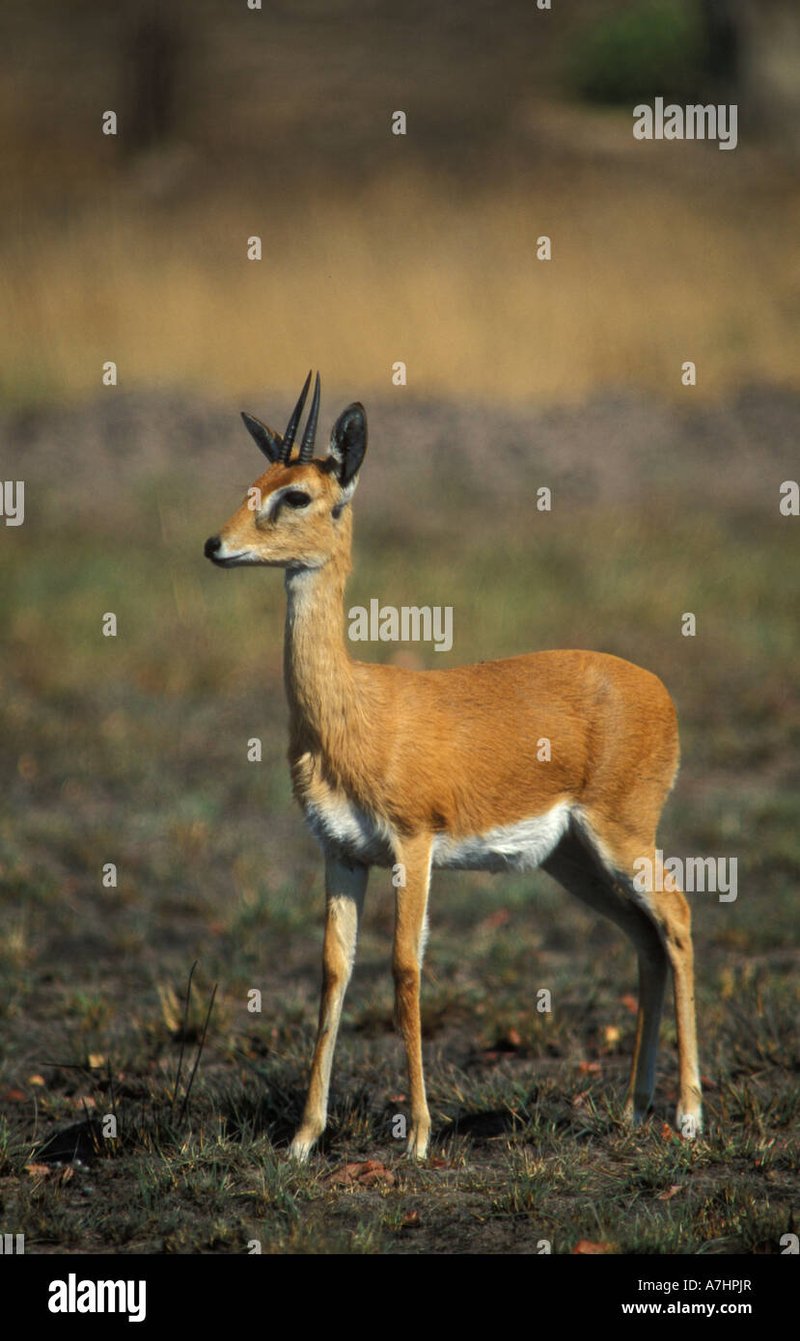
Imagine having the ability to stay alive in places where most other organisms would simply perish—whether it’s freezing temperatures, intense heat, or a complete lack of water. This is the world the *Oribis* inhabit. They aren’t just surviving; they’ve mastered their environments in ways that perplex scientists and inspire admiration. Let’s dive deeper into their world and explore exactly how they manage to make it in places that would challenge even the hardiest of adventurers.
Understanding the *Oribis*’ Habitat
*Oribis* can be found in a variety of harsh environments, from the arctic tundra to desert landscapes. One of the most remarkable things about them is their incredible adaptability. These microorganisms have evolved to thrive in extreme conditions, which is key to their survival. They can withstand high levels of UV radiation, extreme temperatures, and even desiccation—the state of extreme dryness.
You might be wondering what exactly makes *Oribis* so special. Well, they possess unique structures known as protective shields that help them resist harmful conditions. Think of these shields as your personal armor against harsh weather. In the freezing cold, they can trap heat and maintain a stable internal temperature, while in the heat, they can reflect sunlight away. This means they’re not just tough; they’re smart about how they manage their environments too.
Their habitats also provide the necessary nutrients to keep them alive. In nutrient-poor environments, *Oribis* have adapted to extract whatever little food is available. This skill is akin to scavenging in a desert, where every crumb counts. By absorbing nutrients directly from their surroundings or through symbiotic relationships with other organisms, they ensure they have the energy needed to thrive.
Adaptive Strategies for Temperature Regulation
One of the key survival strategies of *Oribis* is how they regulate their temperature. Imagine trying to stay warm without a blanket in a freezing room—this is what they do in the harshest winters. They can go into a kind of suspended animation, slowing down their metabolism significantly. This allows them to conserve energy and wait until conditions are more favorable.
When the temperatures drop, *Oribis* enter a dormant state, almost like sleep. During this time, their metabolic processes slow down, and they enter a state known as cryptobiosis. Here’s a fun analogy: think of cryptobiosis as hitting the snooze button when you just want five more minutes in bed. It’s a protective measure to survive extreme conditions.
On the flip side, when temperatures rise, they can produce specific proteins that help protect their cellular structures. These proteins act like tiny shields, preventing damage from the heat. So, whether they’re freezing or frying, the *Oribis* are always prepared to hold their ground.
Water Conservation Techniques
Water is life, but in harsh environments, it can be as scarce as hen’s teeth. *Oribis* have developed fascinating methods to conserve water, which is crucial for their survival. They can withstand prolonged periods of desiccation—meaning they can survive without water for an extended time. This ability is akin to a camel storing water in its humps and using it when necessary.
When faced with a lack of water, *Oribis* can reduce their water loss by producing a protective coating around themselves. This layer helps seal in moisture, making it harder for the surrounding environment to dry them out. It’s a clever move, almost like putting on a raincoat before stepping outside on a stormy day.
Additionally, when it does rain or when moisture is available, they spring into action, absorbing as much water as they can. This adaptability means they can take advantage of fleeting opportunities, ensuring they have enough to survive until the next hydration chance arises.
Resistance to Radiation and Extreme Elements
Another amazing trait of *Oribis* is their resistance to radiation. This ability is crucial for survival in environments where UV exposure is intense, such as high-altitude areas or deserts. They possess specialized compounds in their cells that act like sunscreen, shielding them from harmful rays. It’s like having built-in sunblock that lasts all day!
Moreover, *Oribis* can also resist extreme pressure and other harmful elements that could otherwise destroy most life forms. This capability allows them to inhabit places like deep-sea vents or ice caps, where the conditions would be too overwhelming for many other organisms.
This combination of traits makes them incredibly resilient, like a superhero of the microbial world. They can bounce back from conditions that would wipe out nearly any other life form, showcasing the power of evolution and adaptation.
The Role of Symbiosis in Their Survival
*Oribis* aren’t just lone warriors; they often rely on symbiosis with other organisms to thrive in challenging environments. By forming relationships with other life forms, they can share resources and enhance their chances of survival. For instance, they often team up with bacteria that help them break down nutrients more efficiently.
Think of this arrangement like a buddy system in school. Two heads are often better than one, and that holds true in the natural world too. This support system allows *Oribis* to adapt even further and tap into resources that may be hard to reach on their own.
In addition to nutrient sharing, these relationships often provide protection. The bacteria can fend off potential threats, allowing the *Oribis* to focus on growing and surviving. It’s a win-win situation that exemplifies how interdependence can lead to better survival outcomes.
The Future of *Oribis*: What It Means for Science
Studying *Oribis* isn’t just about understanding a single organism; it opens doors to broader scientific discussions. Their remarkable adaptations provide insights into how life can exist in extreme conditions, which has implications beyond Earth. For example, if humans ever hope to colonize other planets, understanding how *Oribis* survive could be vital.
Moreover, their resistance to radiation and extreme conditions can inspire advances in fields like medicine and biotechnology. Researchers are looking at how these organisms might lead to breakthroughs in understanding human health or developing new technologies.
It’s fascinating to think that such tiny creatures can teach us so much about thriving against the odds. The *Oribis* remind us that life is resilient, and there’s always a way to adapt if you look for it.
In a world filled with challenges, the *Oribis* serve as a beautiful reminder of resilience and adaptability. They show us that survival isn’t just about sheer strength; it’s about clever strategies, teamwork, and the ability to go with the flow. Whether it’s conserving water in a scorching desert or withstanding freezing cold, these tiny organisms have mastered their environment.
So, the next time you face a challenge, think of the *Oribis*. They didn’t get to where they are by giving up; they adapted and thrived. Just like them, we can learn to embrace our own challenges, find creative solutions, and ultimately survive—and thrive—wherever we are.

